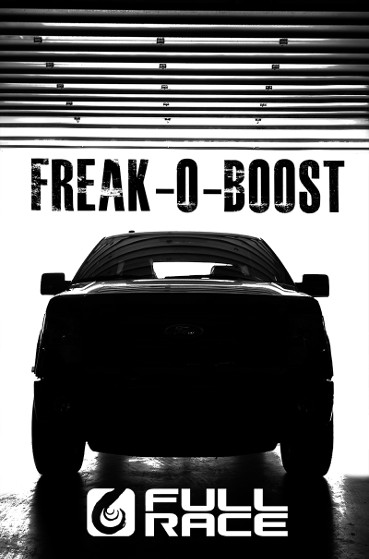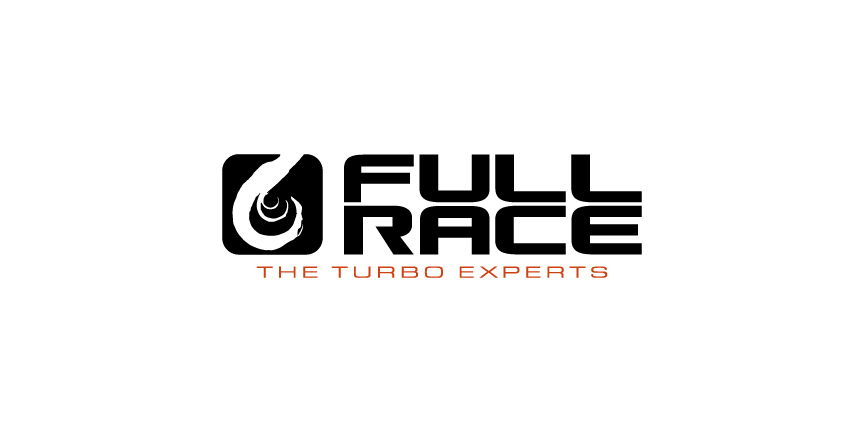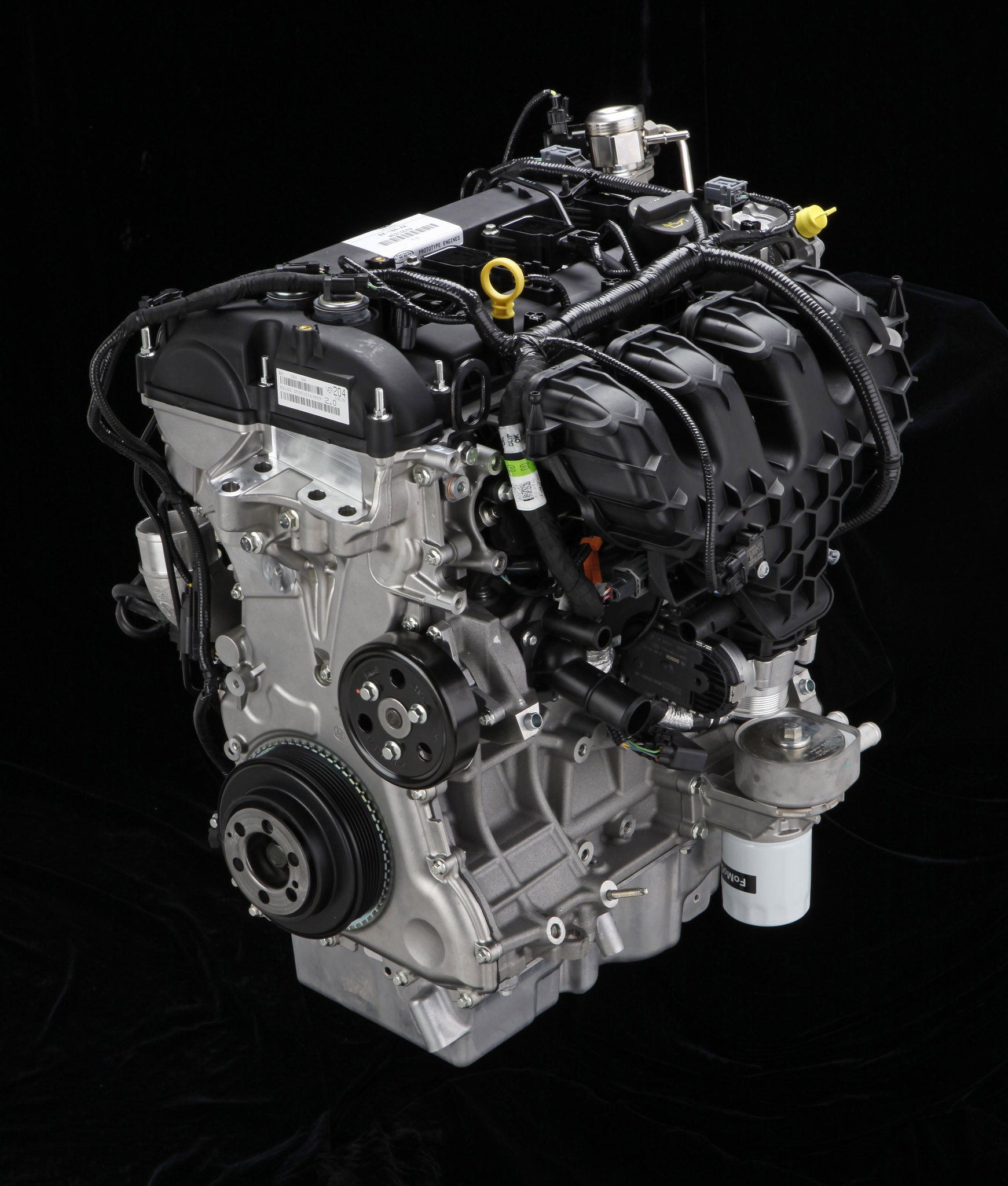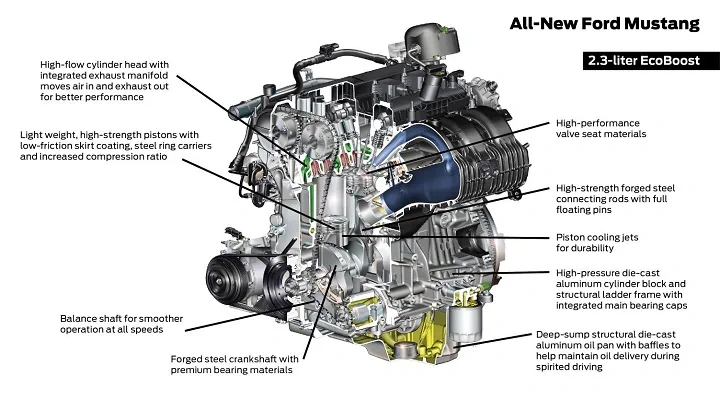Ford F-150 EcoBoost and Full-Race Motorsports
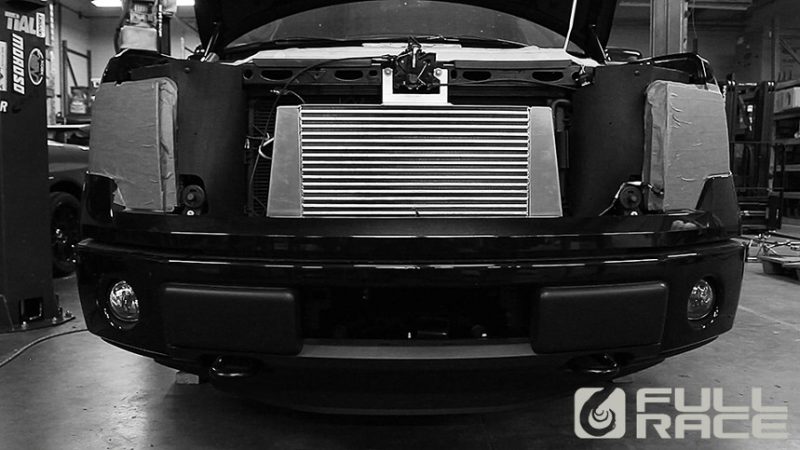
Part 2: The Ford F-150 EcoBoost and Full-Race Motorsports
-or-
Click Here to Read about our all-new 2018 F150 Freak-O-Boost SEMA project
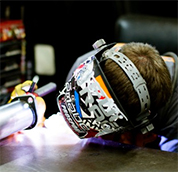
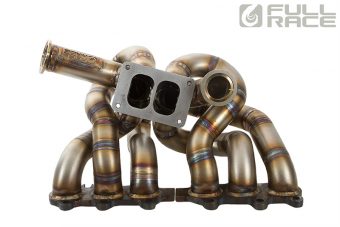
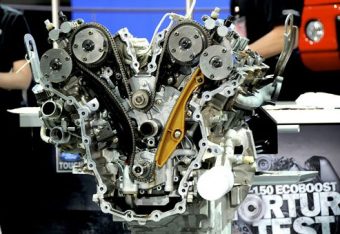
Now that you have some background information on the EcoBoost, here is a quick bio on Full-Race: Established in 2002, Full-Race Motorsports is a Phoenix, AZ based manufacturer of turbocharger components for 4 and 6 cylinder engines. Full-Race specializes in robotic-TIG welded turbocharger exhaust manifolds. The manifold is the “foundation” for the turbo system and Full-Race manifolds are solid as they come. Full-Race manifolds and turbo kits can be found on world record setting race cars as well as reliable daily drivers.
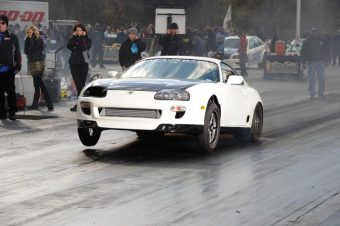
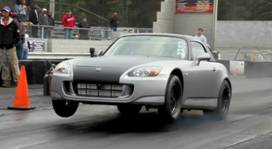
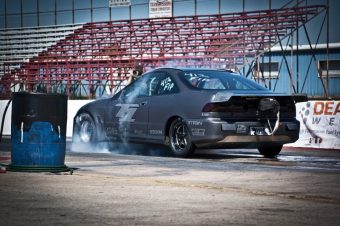
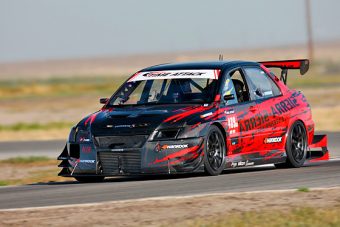
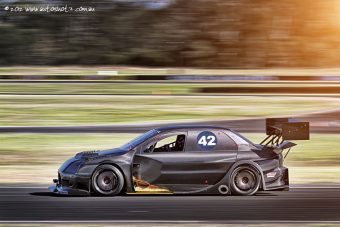
Charge Piping, Dumptubes and more – all hand crafted in our Arizona facility. We’re proud to be one of the few remaining aftermarket performance parts manufacturers that can truly say: 100% Made in the USA! With this position in the industry, we have some great industry partners. Working closely with BorgWarner Turbo Systems to develop the next generation of EFR turbochargers allows us access to test and develop products at the OE level. In 2010, Full-Race was approached by Ford Engineers to begin development of a prototype aftermarket engine boosting turbo kit for the Ecoboost 2.0L and 3.5L engines, we jumped at the opportunity.
Let’s begin by taking a closer look at the 3.5L V6 EcoBoost engine and discover the unique features that are ideal for an upgrading the turbocharger system to produce more power, torque and efficiency
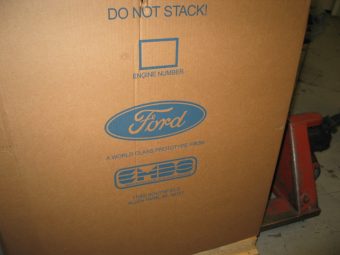
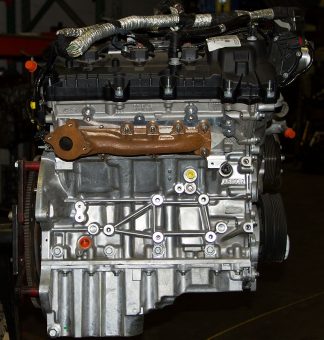
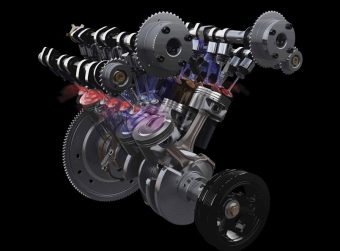
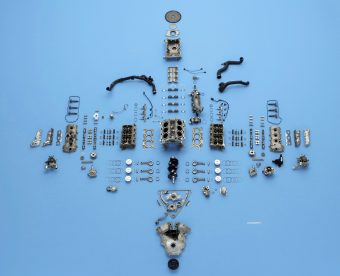
3.5L EcoBoost Engine Block and Bottom End
The EcoBoost V6 is based on the highly successful Duratec 35 engine and uses the same 3.64×3.41-inch / 92.5mm x 88.7mm bore and stroke dimensions
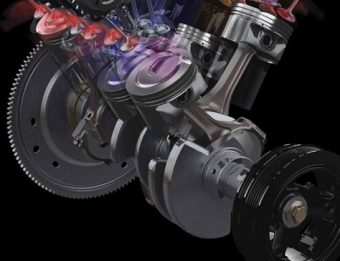
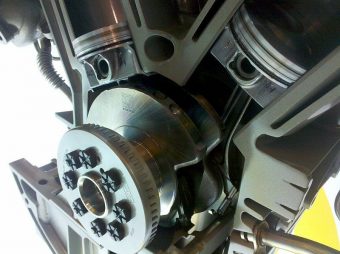
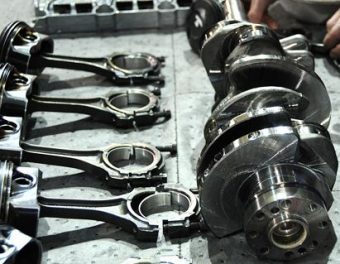
- Forged steel “I-beam” connecting rods reliably transmit high torque from piston to crank without distortion or bending
- Forged steel crankshaft is made to withstand tremendous amounts of force
- 6-bolt main bearing caps and additional support ribs provide the forged crank strength and rigidity throughout the engine block
- “Open-Deck” aluminum block with high strength steel sleeves (molded in) keeps cylinders cool and resistant to pre-ignition detonation
- Cast aluminum oil pan resists denting or wear
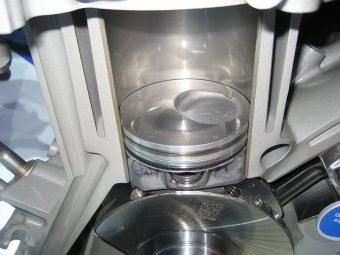
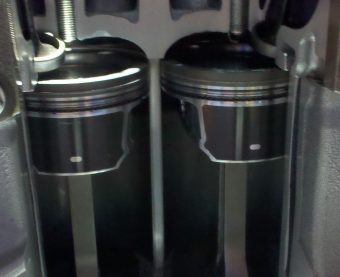
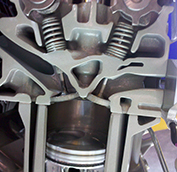
- Ford’s EcoBoost piston design uses many new technologies previously found on some of their high performance race vehicles. This includes high-strength aluminum, CNC machined with thick ring-lands providing support across the piston and recessed below the piston top
- Piston top shape designed for efficient combustion with direct injector and controlled flame propagation across the cylinder
- Low friction coatings are used on the piston skirt to reduce wear and friction on the cylinder walls
- Piston cooling “oil squirter” jets spray oil on the underside of the piston to keep it cool and strong
- Ford’s 10.0:1 Compression Ratio EcoBoost piston design uses High-Temperature Aluminum alloy combined with 2 steel cast-in upper ring supports. Previously found on high performance diesel engines, these steel supports are recessed below the piston top and act as the upper ringlands. They provide rigidity across the piston and allow the low tension rings to reliably handle long-term turbo boost
- “Direct-Injection Bowl” Piston top shape is designed for efficient combustion with direct injector and controlled flame propagation across the cylinder
3.5L EcoBoost Cylinder Heads
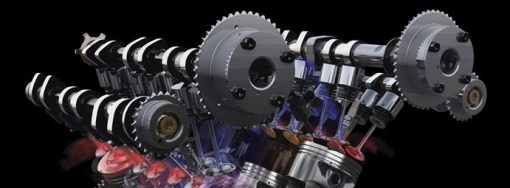
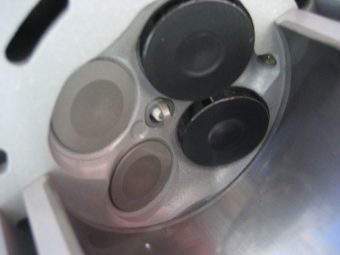
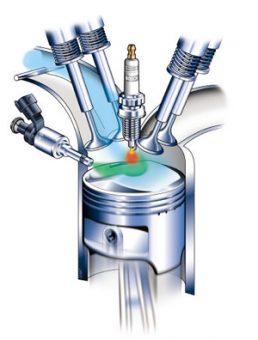
- The Ford 3.5L Gasoline Turbocharged Direct Injection (GTDI) V6 engine uses a modern high efficiency 4-valve pent-roof combustion chamber with 1.456/1.220-inch 37mm/31mm Intake and Exhaust valves. The spark plug is centrally located and GDI fuel injector is below-center of the 37mm intake valves
- Direct-Acting Mechanical Bucket (DAMB) valvetrain with polished buckets (for reduced friction and improved fuel economy, previously found on the Toyota 2JZ-GTE, 3S-GTE. Nissan RB26, Subaru EJ25 and other legendary motors)
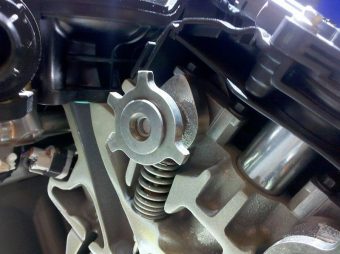
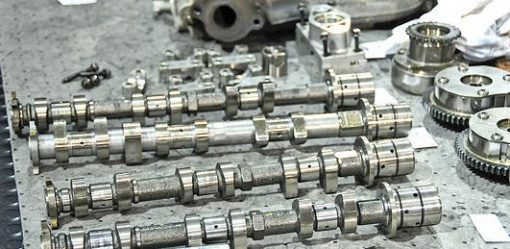
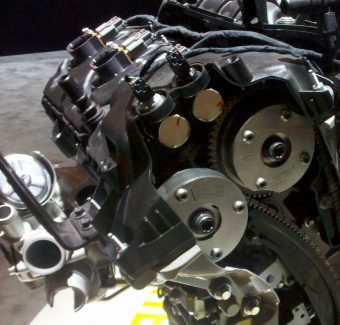
- Twin independent variable camshafts ‘TI-VCT’ with 4 dedicated solenoids (similar to Honda VTEC)
- High Pressure Fuel Pump (HPFP) lobe added to driver’s side intake cam
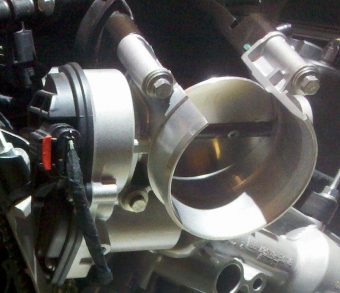
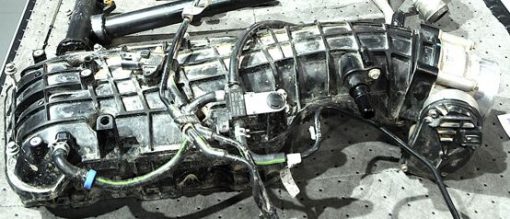
- High flow composite upper and lower intake manifold with large plenum diameter (reduces warm air induction)
- 70mm Throttle Body (drive by wire)
3.5L Ecoboost Fuel Injection System
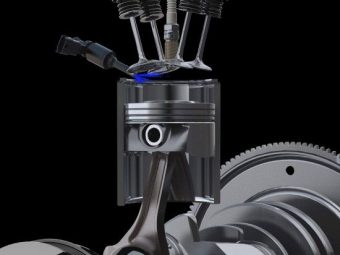
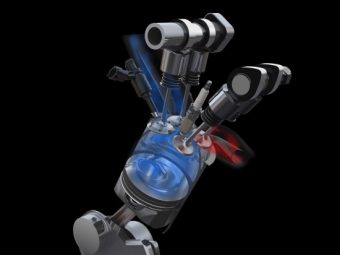
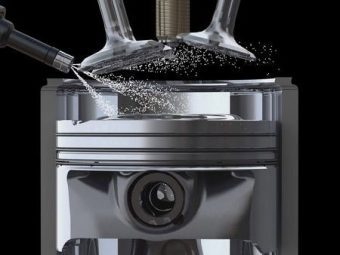
- Ford’s EcoBoost Engine In Action: The spray pattern, which comes from six pinhole-like openings in the injector, is carefully calibrated to optimize fuel burn. The cleaner combustion results in faster starts and lower emissions
- Mechanical, cam-driven high pressure direct injection fuel pump delivers fuel pressures up to 2150 PSI, injecting fuel at any point in the combustion cycle. Depending on the needs of the engine, an electronically operated piston on the pump can reduce rail pressure down to 200 psi
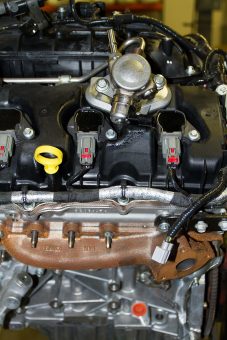
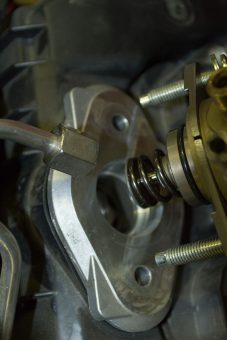
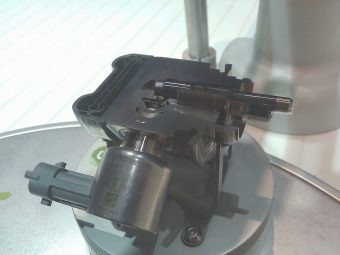
- Steel fuel rails and aircraft grade fuel lines
- Direct injectors vary pulsewidth under different fuel pressures to inject precise amounts of fuel at any specific time
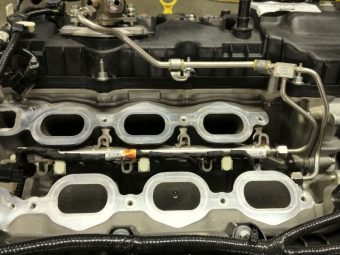
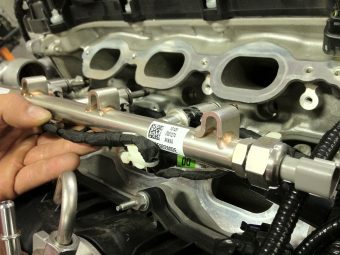
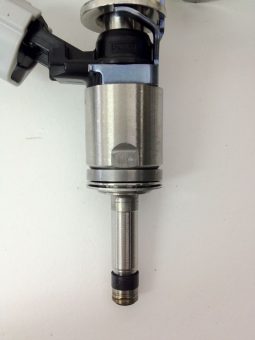
3.5L EcoBoost Stock Turbos and Intercooler
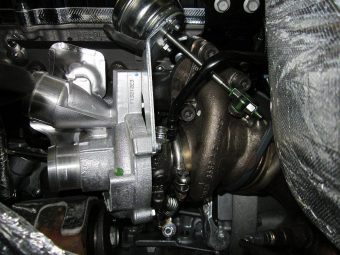
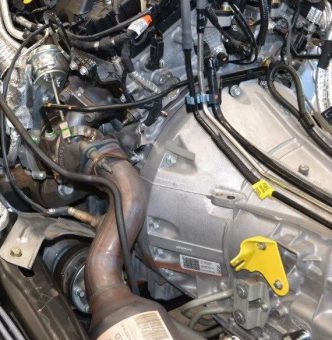
- (2) BorgWarner Turbo Systems K03 turbochargers with 51mm OD FMW compressor wheels (billet wheel turbos). One turbo is standard rotation, the other is reverse rotation. Spooled before 2000 RPM and spinning over 200,000 RPM, these turbos are very reliable and durable. Capable of 380 WHP (Wheel Horse Power) is adequate performance but huge torque and performance gains are possible with a bit more advanced turbocharging technology
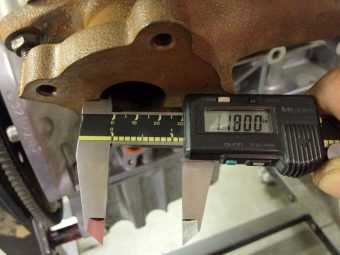
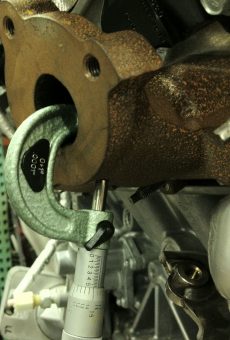
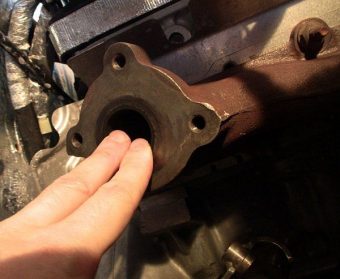
- High strength cast low internal volume "log style" exhaust manifolds. These manifolds keep emissions low with fast cat-converter light up times while the low volume log design encourages early turbo spool and response
- The stock manifold’s turbo outlets are very small at ~1.18″ considering 1.75L of displacement will breathe through it!
- The stock exhaust mufflers are 2.5″ nominal diameter. This keeps the exhaust silent. However, it creates 7.5 PSI of back pressure, post-turbine (ideally we want lower psi post turbine backpressure). The optimal exhaust size is 3″ for the daily driven 3.5L ecoboost. This allows for high flow but low noise/cabin drone
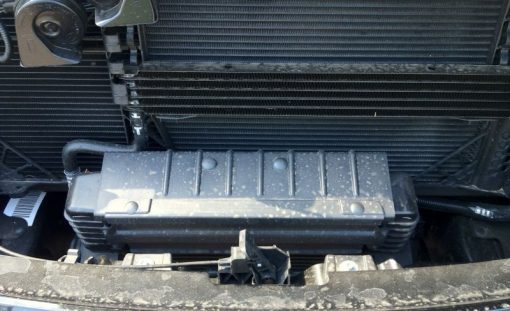
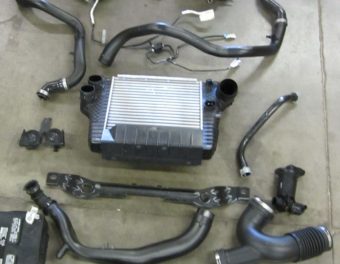
- Stock intercooler end tanks and charge pipes both made of plastic
- Core dimensions are only 2″ thick (very thin, easy to heatsoak under load)
- Positioned in the lower front fascia, the intercooler is susceptible to damage from Off-Road impact
3.5L EcoBoost Electronics
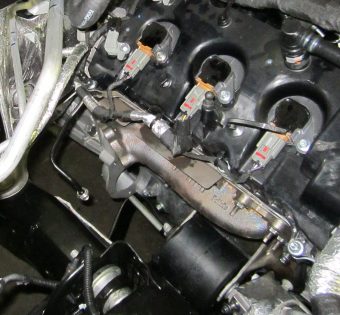
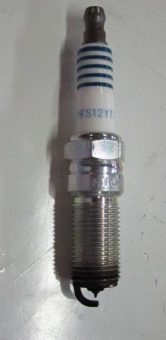
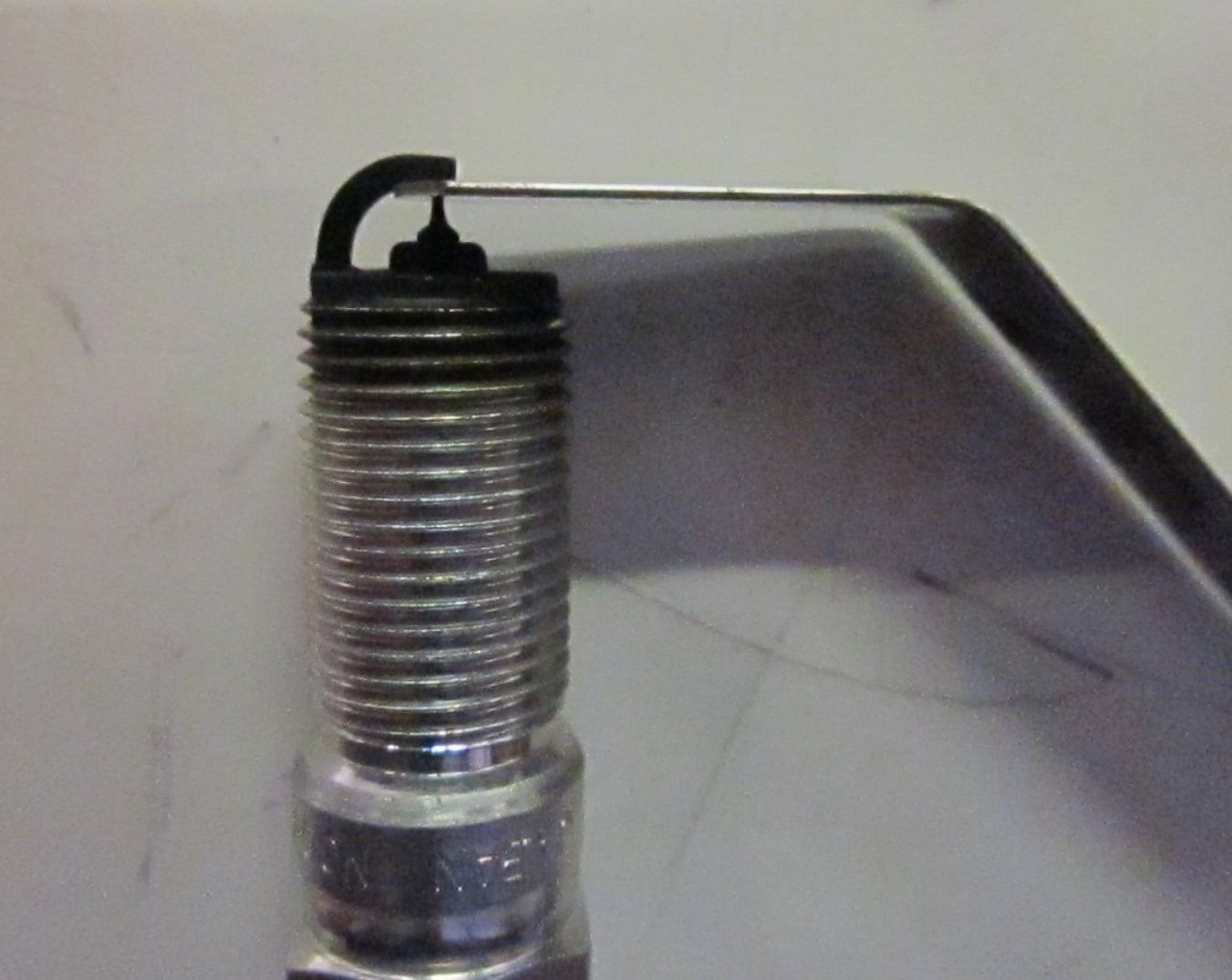
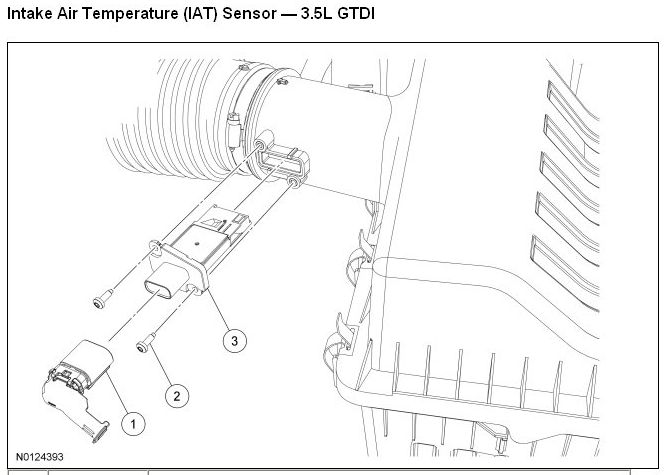
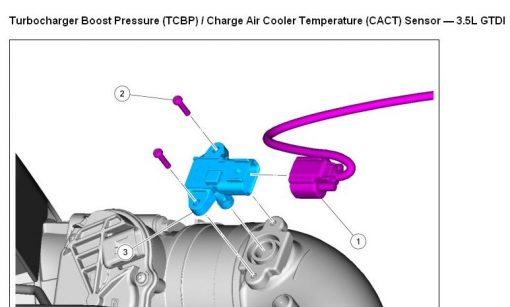
- Coil-On-Plug (COP) distributorless ignition using individual coilpacks results in stronger/cleaner spark, and no wear components.
- Iridium Spark Plugs, gapped to 0.034″. Gap down to 0.025 for higher than stock boost levels.
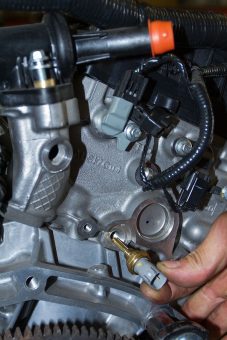
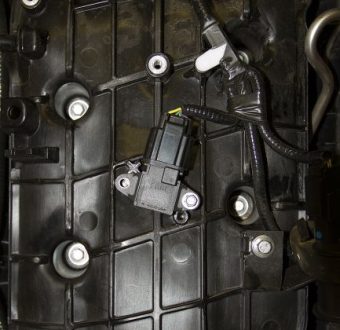
- Advanced Bosch Engine Computer (PCM)
- (3) IAT sensors: Pre and Post intercooler, and Intake plenum (post TB) for precise temperature compensation.
- (2) MAP sensors: Pre and Post throttle body for precise fuel delivery at exact differential pressures.
- Fuel pressure sensors on fuel rails
- Cylinder head temp sensors (more precise than coolant temp)
- Wideband O2 sensors
- High accuracy knock sensors
3.5L F-150 EcoBoost Chassis, Suspension and Drivetrain
- The low-mount engine allows for low CG and good handling. As a result, the tall hood line affords us the necessary room under the hood to fit an upgraded turbo configuration.
- With a tow capacity of 11,000 lbs, the extremely durable drivetrain allows us to produce more power to the ground without risk of damage to the transmission.
- Electronic locking rear differential is a huge advantage for anybody who requires increased traction.
- Electric power steering is an advanced system that only consumes energy when required to provide the precise steering assist. As a result Ford was able to increase fuel efficiency and driver control without requiring the engine to constantly turn a power steering pump.
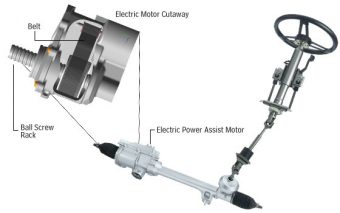
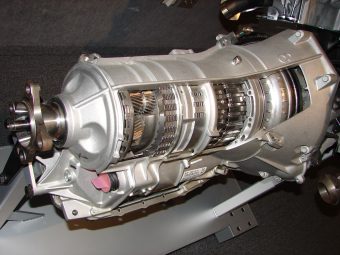
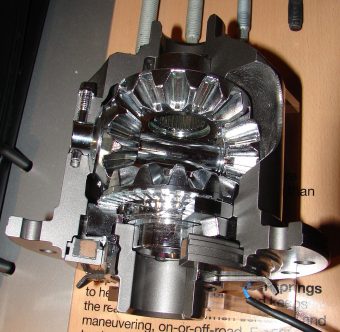
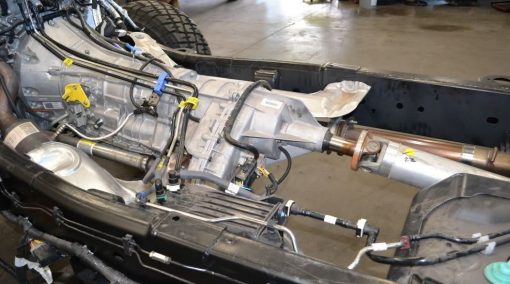
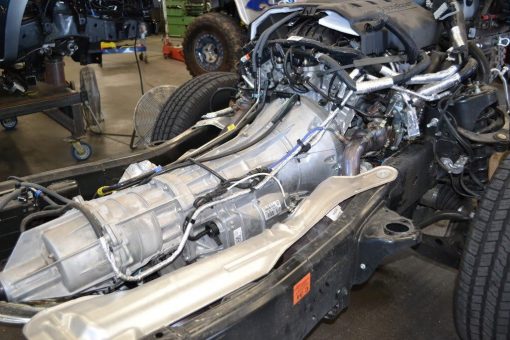
- The use of a properly geared six-speed transmission provides improves fuel economy 4-6 percent. This F-150 ‘6R80’ six-speed is a solid and proven transmission from the SuperDuty F-250 and F-350.
- 6R80 also features a Tow/Haul mode and FX4 includes “Hill Descent Control” from the Raptor.

Click Here To Read Part Three!
Resources
All ArticlesFor SHOP OWNERs
& KIT BUILDERs
Full-Race Motorsports is the most
trusted name in turbocharging.

